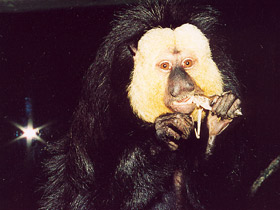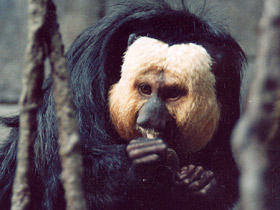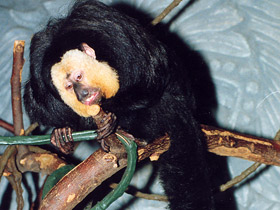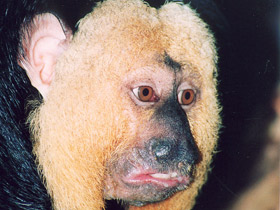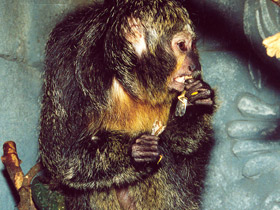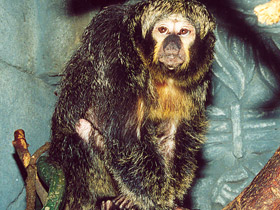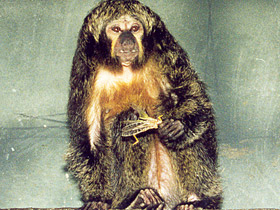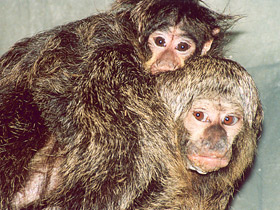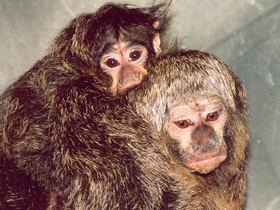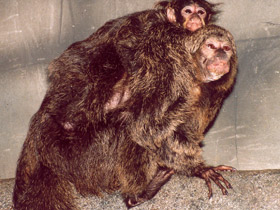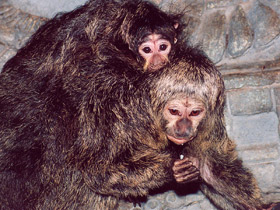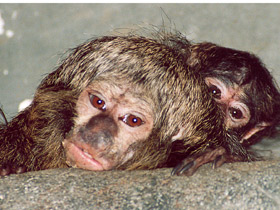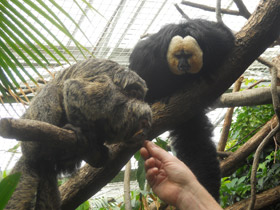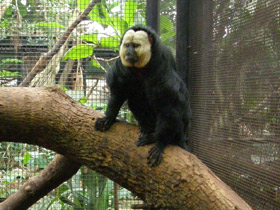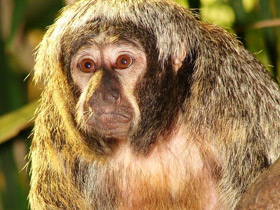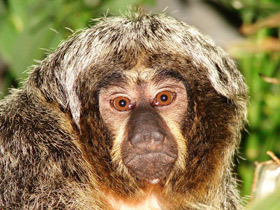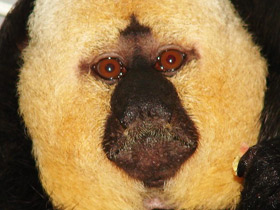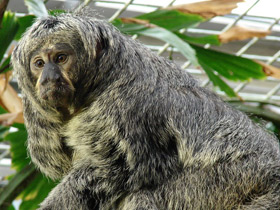The sunbittern (Eurypyga helias)
The sunbittern (Eurypyga helias) is a bittern-like bird of tropical regions of the Americas, and the sole member of the family Eurypygidae (sometimes spelled Eurypigidae) and genus Eurypyga. It is found in Central and South America, and has three subspecies. The sunbittern shows both morphological and molecular similarities with the kagu (Rhynochetos jubatus) of New Caledonia, indicating a gondwanic origin, both species being placed in the clade Eurypygiformes.
Taxonomy
The sunbittern is usually placed in the Gruiformes, but this was always considered preliminary. Altogether, the bird is most similar to another bird that was provisionally placed in the Gruiformes, the kagu (Rhynochetos jubatus). Molecular studies seem to confirm that the kagu and sunbittern are each other's closest living relatives and have a similar wing display. They are probably not Gruiformes (though the proposed Metaves are just as weakly supported). Altogether, the two species seem to form a minor Gondwanan lineage which could also include the extinct adzebills and/or the mesites, and is of unclear relation to the Gruiformes proper. Notably, the kagu and mesites also have powder down.
Subspecies
The sunbittern was formerly treated as two species (E. helias and E. major), but now they are treated as a single species with considerable variation between the subspecies. The three subspecies are recognised on the basis of plumage characters and size. The three subspecies are allopatric.
- Eurypyga helias helias (Pallas, 1781) – Amazonian sunbittern;
- Eurypyga helias major Hartlaub, 1844 – northern sunbittern;
- Eurypyga helias meridionalis Berlepsch & Stolzmann, 1902 – foothill sunbittern.
Appearance
Pithecia pithecia is a species of a neotropical primate. It is considered one of the rarest primates in the world because of its unusual physical appearance. They are broad-nosed monkeys with an extraordinary appearance: they have thick, soft fur and a long, fluffy tail that serves as a balancer for long leaps from branch to branch. Pithecia pithecia is named for the white colouration of the face, forehead and throat, although only in males. Females are monochromatic grey-brown.
Lifestyle and nutrition
These primates are mainly arboreal, sometimes descending into bushes or the lower branches of trees in search of food. In case of danger, they move through the trees with astonishing speed and can make huge leaps.
Pithecia pithecia are usually active during the day, but often come out in search of food at night and can sometimes walk several kilometres. They prefer to sleep on tree branches in a posture similar to that of felines. They eat a wide variety of fruits, seeds, nuts, honey, leaves and flowers, as well as insects, small rodents, bats and birds.
Social behaviour and reproduction
These monkeys live in pairs or in small family groups of 2-5 animals. After 163-167 days of gestation, the female gives birth to a young, which she carries first on her belly near her chest and then on her back.

















